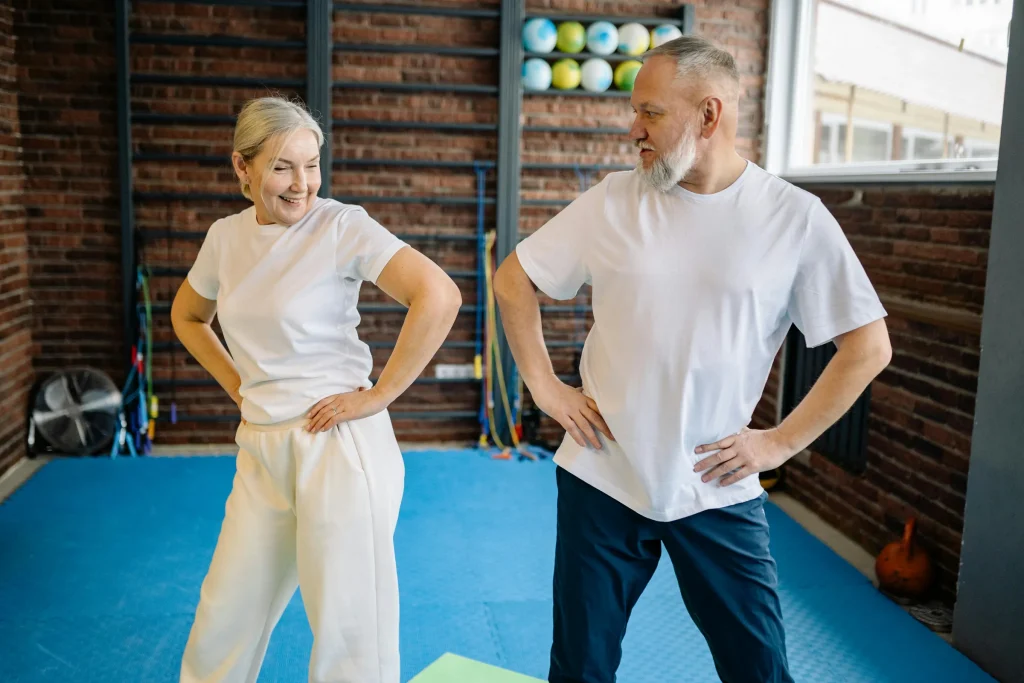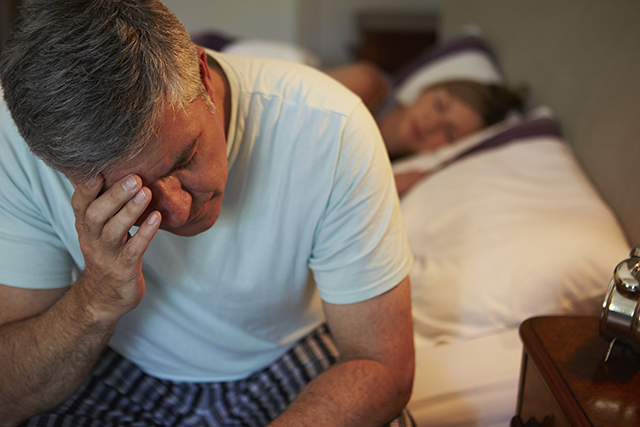Restless legs syndrome (RLS) is an aptly named disorder. If you have RLS, you feel a constant urge to move your legs when sitting or lying down. You may have strange sensations such as tingling, throbbing, or creeping in your lower limbs. These symptoms, often worse at night, can seriously affect a man’s health.
A disabling disorder
RLS is more than just a movement disorder. Also known as Willis-Ekbom disease, it’s linked to many other health problems. For example, people with the condition are more likely to have diabetes and depression. They also appear to have a higher risk for stroke.
The impact of RLS may extend beyond that. In a recent study, researchers looked at the health of more than 12,000 men. Study participants ranged in age from 40 to 75. They filled out periodic questionnaires over 12 years. Those with RLS reported lower levels of physical function as they aged. Essentially, they were more likely to have a disability.
Other recent research uncovered an even more troubling trend. Researchers found that those with severe RLS symptoms tended to die at a younger age. This finding remained even after the researchers adjusted for age, weight, and other lifestyle factors. The way the disorder disrupts a person’s sleep may be partially to blame.
Tips for coping
In most cases, health experts don’t know exactly what causes RLS. It may be a neurological problem. The brain may not properly send movement signals. The result: involuntary muscle activity in the legs.
For some people, the condition may be genetic. It tends to run in families. Others may develop RLS because they have low iron levels in their blood. The disorder has also been linked to certain drugs, such as medicine to prevent nausea. In these instances, increasing iron levels or changing your medication may help ease symptoms.
Lifestyle changes may also help relieve RLS. Below are some ways to cope:
- Focus your mind. Activities like reading, writing, or doing a crossword puzzle can distract you from your symptoms.
- Try heat or cold. Taking a warm bath or cold shower may help. Some people also feel better after applying a heating pad or cold pack to their legs.
- Move more. Walking, jogging, and other light to moderate activities are good ways to ease RLS. But avoid exercising too close to bedtime. It can disrupt your sleep.
- Build a better bedtime routine. Go to sleep and wake up at the same time every day.
- Avoid substances that may trigger your symptoms. These include alcohol, nicotine, and caffeine.
- Relax your body and mind. Try yoga or meditation. Massage may also work.
- Stay active on the job. Hold meetings or take phone calls while standing or walking. You may also benefit from a treadmill workstation.
If these strategies don’t work, talk with your doctor. Several types of drugs are available. You may need to try more than 1 medication to figure out the best one for you.









